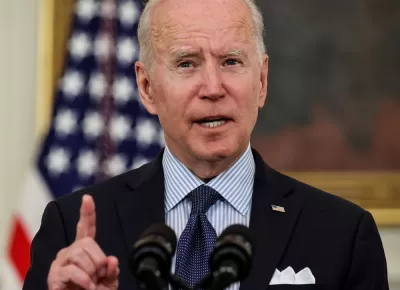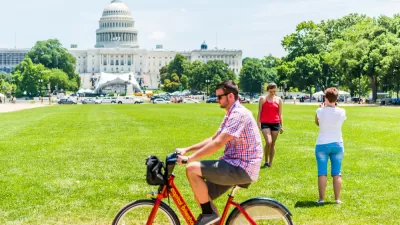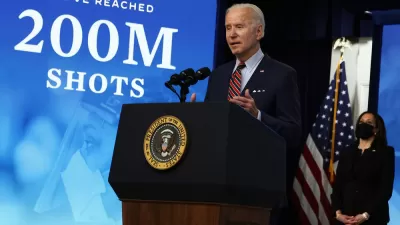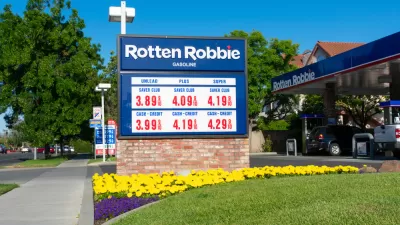The plan, initially proposed by five Democratic and five Republican senators, calls for $1.2 billion in spending over 8 years. Biden wants to see a much larger plan in a second bill, which could potentially sink the package.

"President Biden struck an infrastructure deal on Thursday with a bipartisan group of senators, signing on to their plan to provide about $579 billion in new investments in roads, broadband internet, electric utilities and other projects in hopes of moving a crucial piece of his economic agenda through Congress," report Emily Cochrane, Jim Tankersley, and Jonathan Weisman for The New York Times on June 24.
Mr. Biden noted that the deal includes about two-thirds of the funding that he had called for in several parts of his American Jobs Plan, in areas like clean power and environmental resilience.
However, the president made it clear that the "human infrastructure," such as child care and elder care services included in his jobs plan, needs to proceed in addition to the "physical infrastructure" in the bipartisan proposal.
“If this is the only thing that comes to me, I’m not signing it,” Mr. Biden said during remarks in the East Room of the White House. “It’s in tandem.”
Celebrating a deal would appear to be premature at best. The Times' reporters note some of the hurdles facing the Senate:
It’s not clear, though, that the bipartisan plan ...will muster the support of at least 60 senators to overcome any filibuster. And the two-track strategy promises to be a heavy lift for Democrats in a Congress where they have only the thinnest of majorities, and moderates and progressives have very different priorities.
"The bipartisan package must now win the support of progressive Democrats and conservative Republicans, while the broader 'human infrastructure' bill — likely to be routed through the legislative reconciliation process — must attract support from all 50 Senate Democrats to win passage," writes Quint Forgey for POLITICO.

Planetizen Federal Action Tracker
A weekly monitor of how Trump’s orders and actions are impacting planners and planning in America.

Map: Where Senate Republicans Want to Sell Your Public Lands
For public land advocates, the Senate Republicans’ proposal to sell millions of acres of public land in the West is “the biggest fight of their careers.”

Restaurant Patios Were a Pandemic Win — Why Were They so Hard to Keep?
Social distancing requirements and changes in travel patterns prompted cities to pilot new uses for street and sidewalk space. Then it got complicated.

Platform Pilsner: Vancouver Transit Agency Releases... a Beer?
TransLink will receive a portion of every sale of the four-pack.

Toronto Weighs Cheaper Transit, Parking Hikes for Major Events
Special event rates would take effect during large festivals, sports games and concerts to ‘discourage driving, manage congestion and free up space for transit.”

Berlin to Consider Car-Free Zone Larger Than Manhattan
The area bound by the 22-mile Ringbahn would still allow 12 uses of a private automobile per year per person, and several other exemptions.
Urban Design for Planners 1: Software Tools
This six-course series explores essential urban design concepts using open source software and equips planners with the tools they need to participate fully in the urban design process.
Planning for Universal Design
Learn the tools for implementing Universal Design in planning regulations.
Heyer Gruel & Associates PA
JM Goldson LLC
Custer County Colorado
City of Camden Redevelopment Agency
City of Astoria
Transportation Research & Education Center (TREC) at Portland State University
Camden Redevelopment Agency
City of Claremont
Municipality of Princeton (NJ)





























